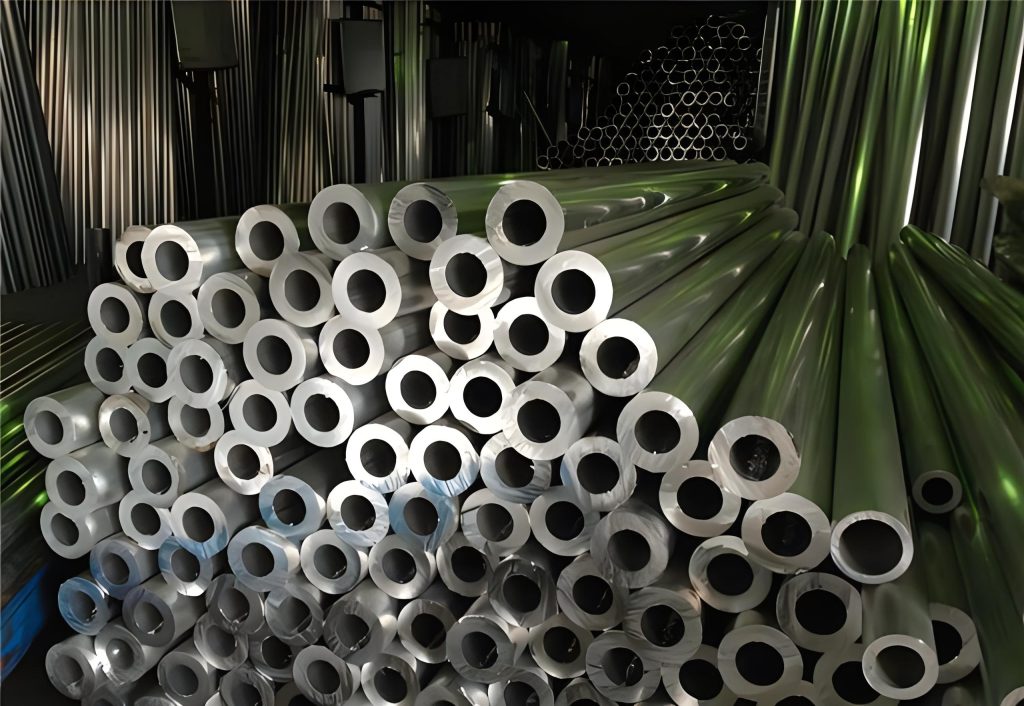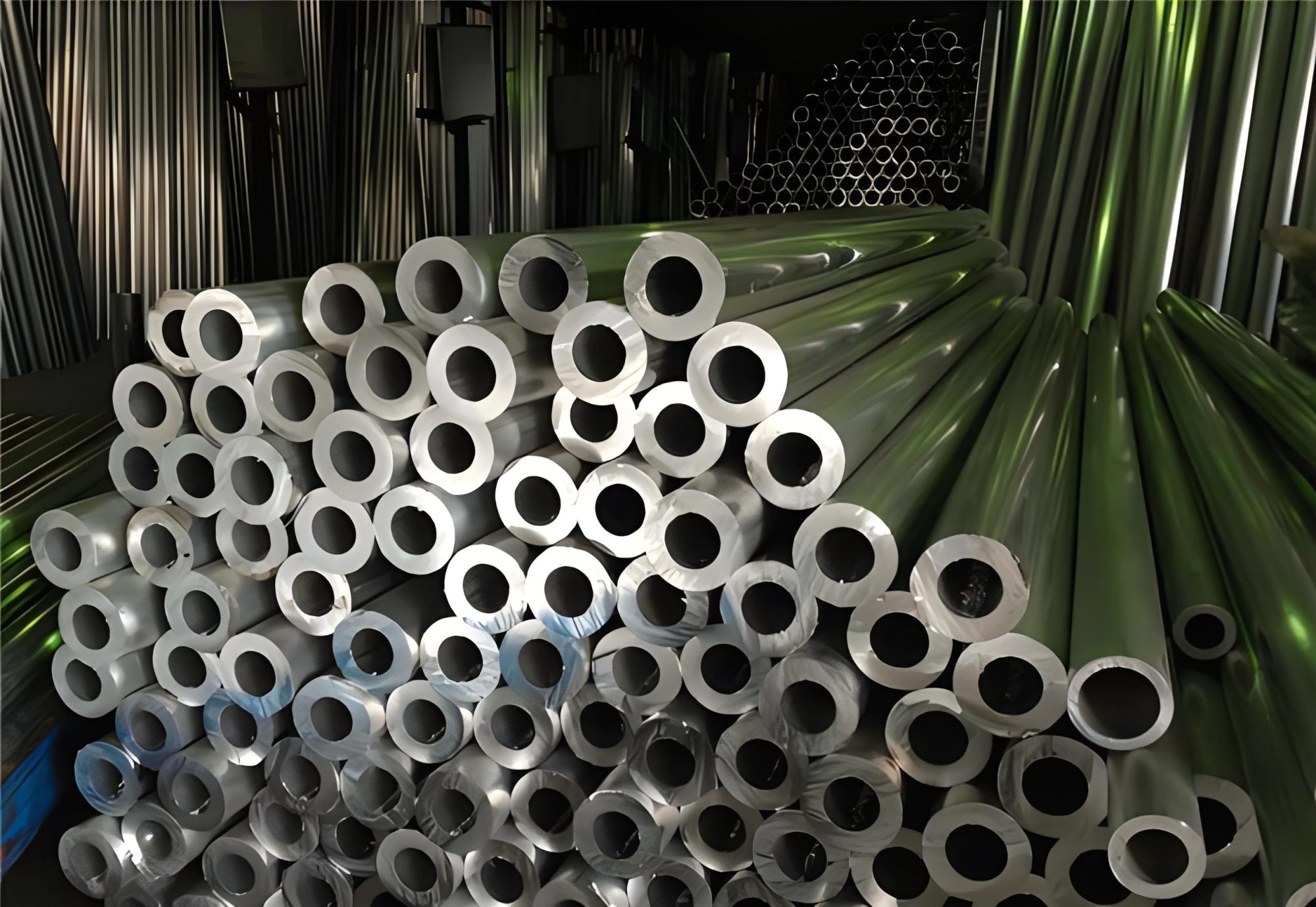Introduction
In the ever-evolving landscape of automotive engineering, one material is revolutionizing the way vehicles are designed and manufactured – aluminum alloy profiles. With their remarkable properties and versatility, aluminum alloys are becoming the cornerstone of modern automobile construction. Let’s delve into the world of aluminum and explore its myriad applications in the automotive realm.
Applications of Aluminum Alloy Profiles in Automobiles
Aluminum Alloy Anti-Collision Beams: The adoption of aluminum alloy anti-collision beams signifies a paradigm shift in automotive safety engineering. Initially prevalent in mid-to-high-end models, these beams are gradually infiltrating low-end and domestic models, poised to replace traditional steel counterparts. Utilizing alloys like 6082, 7003, and 6060, these beams offer superior strength and energy absorption capabilities, ensuring enhanced vehicle safety.
Instrument Panel Brackets: Instrument panel brackets crafted from aluminum alloys, specifically 6061 and 6063, are revolutionizing interior design while contributing to vehicle weight reduction and noise attenuation. With their simple yet effective structure, these brackets are increasingly favored across various automobile models, reflecting the industry’s inclination towards lightweighting solutions.
Chassis Parts: Aluminum’s reign extends beneath the surface with chassis parts transitioning from conventional castings to lightweight profile components. Materials such as 6061 and 6082 dominate this domain, offering a perfect blend of strength and agility. This shift not only reduces vehicle weight but also enhances performance and maneuverability, setting new standards for automotive engineering.
All-Aluminum Body Passenger Cars: In the realm of luxury and performance, all-aluminum body structures are redefining automotive excellence. From renowned models like Audi A8 to cutting-edge electric vehicles, aluminum alloys such as 6063, 6061, and 6082 form the backbone of these innovative creations. By integrating profiles, plates, and castings, manufacturers achieve unprecedented levels of efficiency and durability, paving the way for a sustainable automotive future.
Advantages of Aluminum Alloy Profiles in Automobiles
Weight Reduction: Aluminum’s exceptional strength-to-weight ratio translates into lighter vehicles, improving fuel efficiency and performance.
Enhanced Fuel Efficiency: Reduced vehicle weight leads to lower fuel consumption and emissions, aligning with environmental sustainability goals.
Improved Performance and Handling: The agility afforded by aluminum chassis parts enhances vehicle dynamics, ensuring a smoother and more responsive driving experience.
Corrosion Resistance: Aluminum alloys boast inherent corrosion resistance, extending the lifespan of automotive components and structures, even in harsh environments.
Challenges and Future Trends: While the benefits of aluminum alloy profiles are undeniable, challenges such as cost and manufacturing complexities persist. However, ongoing innovations promise to overcome these obstacles, ushering in an era of widespread aluminum adoption in mainstream automobile manufacturing. As research continues and technologies evolve, aluminum’s role in shaping the future of automobiles is destined to expand further.
Conclusion
Aluminum alloy profiles are not merely components; they are catalysts for innovation, driving the automotive industry towards unprecedented heights. As we embrace the era of lightweighting and sustainability, aluminum’s versatility and performance will continue to redefine the vehicles we drive. With each aluminum alloy profile, we inch closer to a future where efficiency, safety, and performance converge seamlessly on the roadways of tomorrow.

